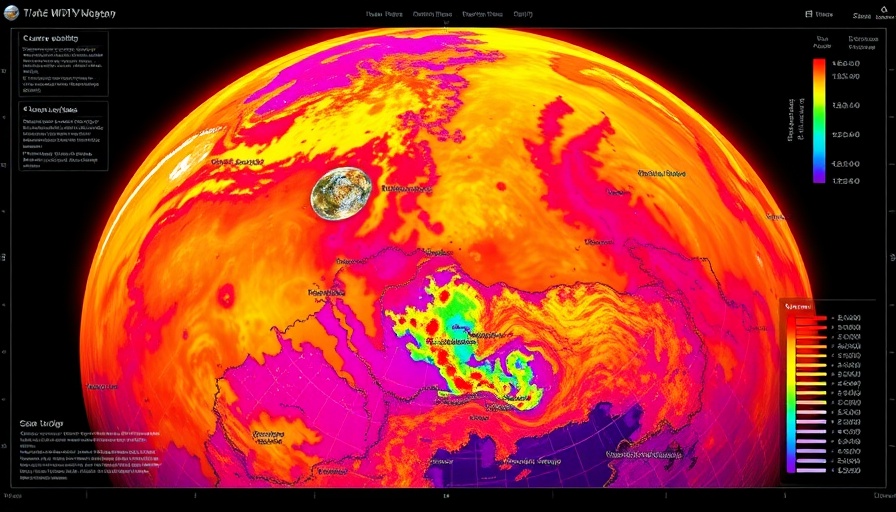
Explosive Eruptions and Hidden Ice: A New Perspective on Mars
Recent research has unveiled a fascinating possibility: early volcanic eruptions on Mars may have transported substantial amounts of water ice to the planet's equatorial regions. Traditionally, scientists have expected to find ice concentrated mostly at the polar ice caps, but new modeling suggests that explosive volcanic activity could explain the presence of significant ice deposits beneath Mars's surface, even in its warmer equatorial zones.
A Surprising Ice Discovery
Research conducted by Saira Hamid and her colleagues at Arizona State University has provided fresh insight into the Martian landscape. Using advanced planetary climate models, they simulated explosive eruptions thought to have occurred between 4.1 and 3 billion years ago. Their findings point to the possibility that water vapor released during these eruptions froze in Mars's atmosphere, leading to the formation of ice layers over time.
These simulations indicate that a single eruptive event lasting just three days could potentially result in ice deposits up to 5 meters thick. Furthermore, the volcanic ash could serve as insulation, preserving the accumulated ice from sublimation into the thin Martian atmosphere.
Ice Beneath the Surface
Despite the equator being one of the warmest areas on Mars, radar evidence has recently shown elevated levels of near-surface hydrogen. This discovery supports the hypothesis of bulk ice being present below the surface. The implications of finding ice in unexpected locations could be groundbreaking, particularly as humans prepare for eventual missions to Mars.
Global Winter and Ice Accumulation
During certain volcanic periods, scientists believe that the release of sulfuric acid into the atmosphere could have caused a temporary global winter, further fostering ice accumulation over extended periods. This cyclical geological activity could lead to the collection of ice and hydrogen data crucial for understanding Mars's climate history and preparing for human exploration.
Significance for Future Mars Exploration
The presence of accessible water resources, particularly in the equatorial regions, opens up new possibilities for crewed missions to Mars. Unlike the extreme polar regions, the equator is a more favorable landing site due to its thicker atmosphere, which can facilitate safer lander descents. The potential for sourcing water from beneath the surface could significantly reduce the logistical challenges of sustaining human life during future missions.
Conclusion: A Planet of Fire and Ice
As scientists continue to investigate the history of volcanism on Mars, keeping an eye on its ice deposits may provide essential insights into both the planet's geological past and its potential for supporting human life in the future. Future explorations will likely focus on these intriguing ice regions, aiming to uncover more secrets of the red planet.
 Add Row
Add Row  Add
Add 




Write A Comment